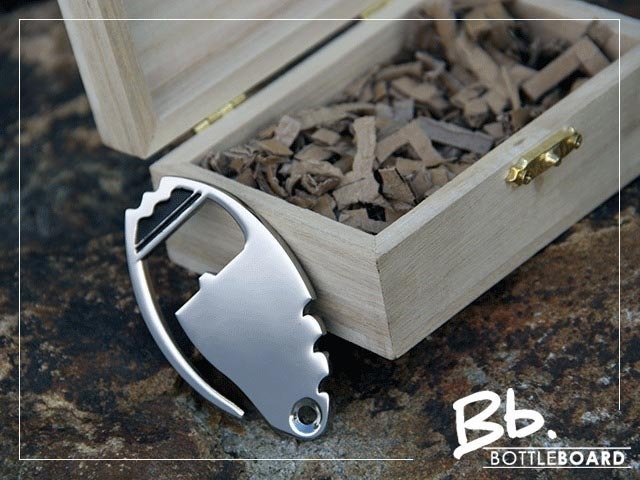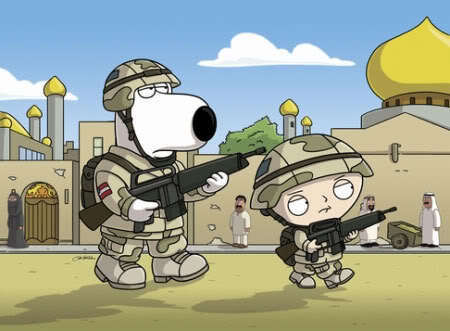Time Lapse Of Rio De Janeiro Shot At 10K Resolution
Adam Rifkin stashed this in 4k
Stashed in: Brazil, Time Lapse!
Even better than 4K!
Each of the stills in Capra's video is composed of hundreds of 80-megapixel images, so "each individual raw frame measures 10328x7760 pixels." That's a lot of city to explore.
Each shot was very minimally processed and included curves, input sharpening, saturation adjustments. The h264 compression really kills alot of the fine detail. No noise reduction was done on any of the shots. I tried to keep the shots as close to raw as possible so you may see some dust spots, noise, and manual exposure changes I made while shooting. For a final video edit these adjustments would be smoothed out and fixed. Normally I run shots where I manually change exposure during the shot through LRTimelapse, but unfortunately the program can't seem to handle such huge raw files. I also had to loop some shots in order to have enough runtime to do some zooms, so you may see a jump in the footage here and there.
Each shot sequence starts off with the full resolution footage scaled down to fit within a 1920x1080 resolution (14% scale). The next shot in each shot sequence is the full resolution shot scaled to 50%, so basically zooming in quite a bit. From there we go into the full resolution shot scaled to 100%, which is an extreme zoom/crop. As you can see, the quality and detail holds up extremely well, it's pretty amazing.
Most people, if they're being honest, would agree that the resolution wars are pretty silly. Numbers like 1080, 4k, 8k, and 10k are handy for facile comparisons, but resolution is only one aspect of picture quality (things like contrast ratio, color accuracy, and motion blur are, arguably, a lot more important to one's viewing experience). But time-lapses like Capra's present a pretty compelling case for outrageously high-resolution videography.
Reddit comments:
http://reddit.com/r/videos/comments/2vqbr0/10k_camera_timelapse/
I added this to the 4kUltraHD subreddit:
http://reddit.com/r/4kUltraHD/comments/2zrdmq/time_lapse_of_rio_de_janeiro_shot_at_10k/










2:52 AM Feb 13 2015